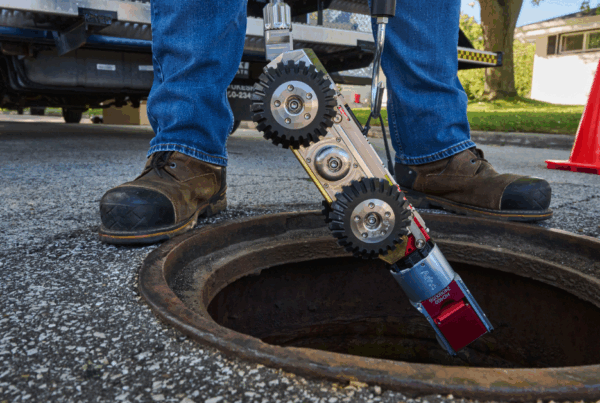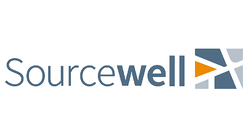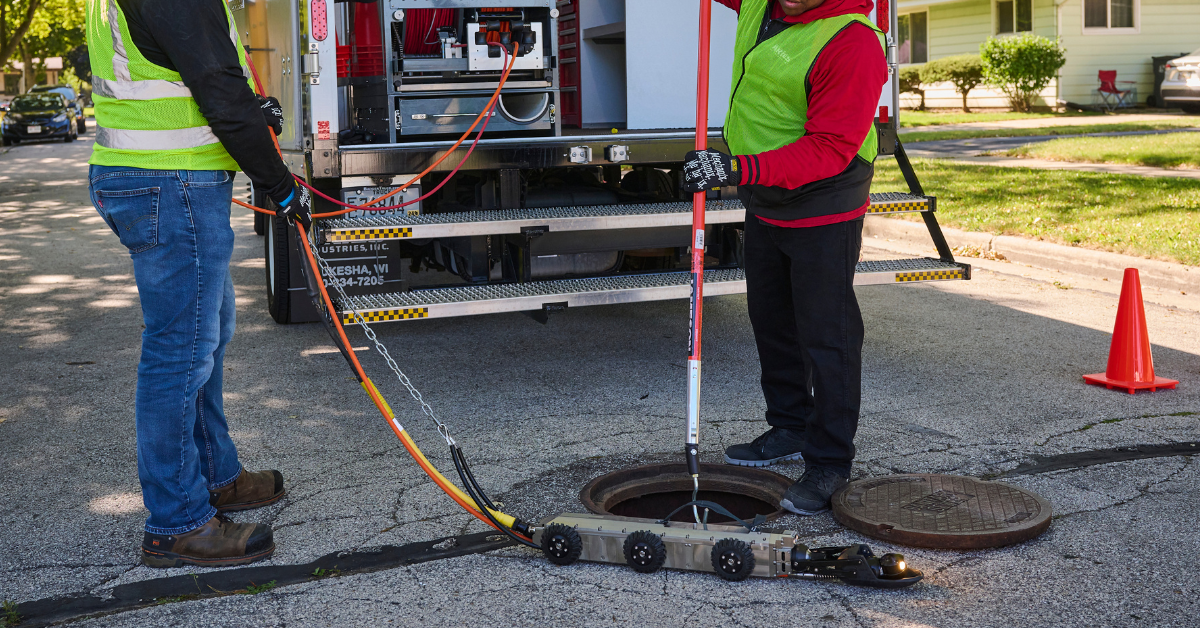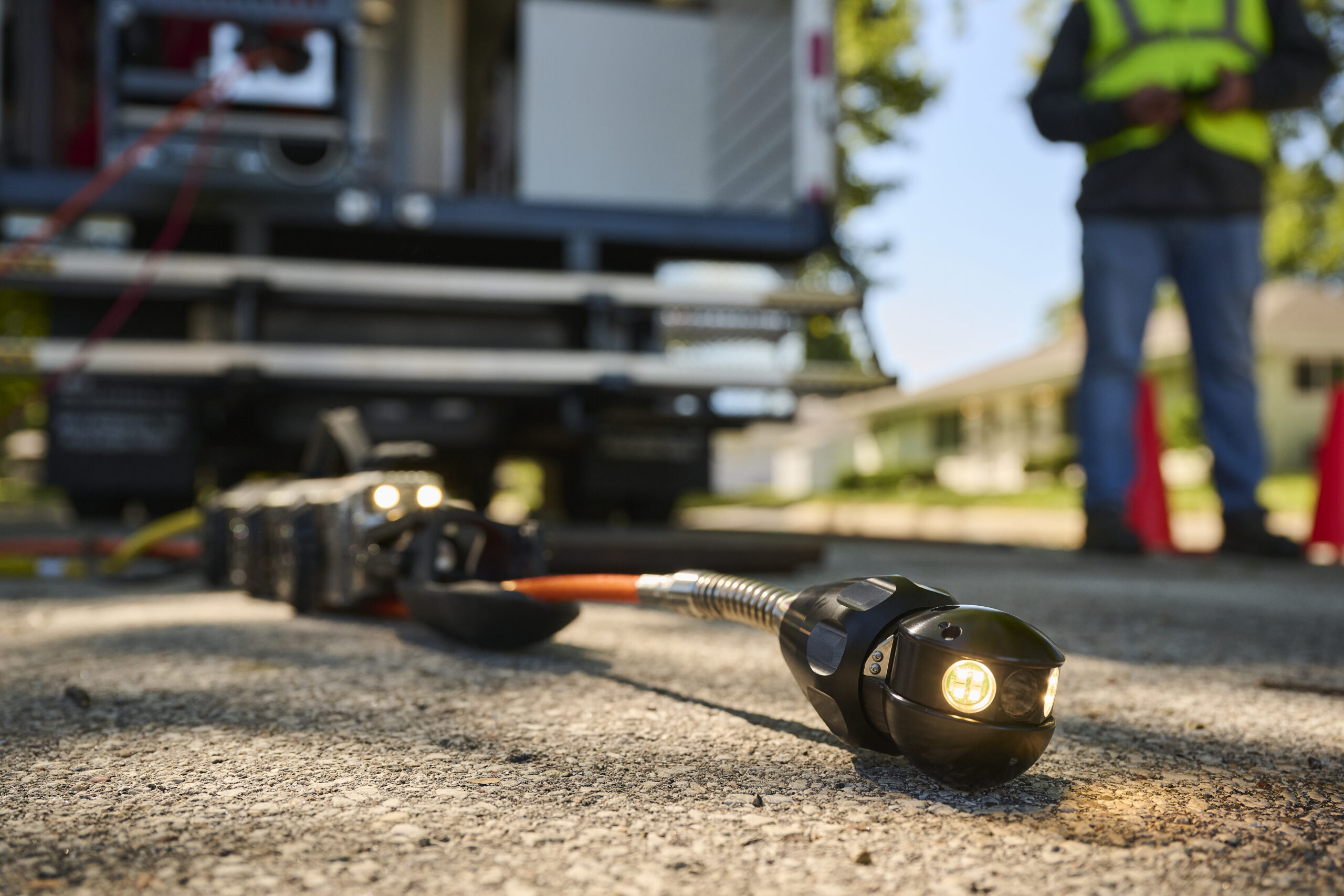 Even the most advanced lateral inspection system performs only as well as its operator. For municipalities and contractors conducting lateral inspections, consistent training and adherence to best practices are key to maximizing uptime, image quality, and data accuracy.
Even the most advanced lateral inspection system performs only as well as its operator. For municipalities and contractors conducting lateral inspections, consistent training and adherence to best practices are key to maximizing uptime, image quality, and data accuracy.
- Start with a system check.
Before deployment, inspect cables, connectors, and push rods for wear. Verify camera articulation, focus, and lighting functions. A quick pre-trip inspection can prevent downtime in the field. - Understand your launch environment.
Pipe conditions, flow levels, and obstructions can all impact launch angle and technique. Adjust your camera orientation and cable management based on the unique layout of each mainline segment. - Prioritize cable discipline.
Smooth, steady feeding and retrieval of the push cable prevents unnecessary stress on the system and minimizes the risk of getting snagged or twisted during a launch. - Capture clean, well-lit footage.
Proper lighting balance is essential for accurate defect coding. Overexposed or shadowed images can obscure critical details, especially in junctions or offset joints. - Review and recalibrate regularly.
Operator proficiency improves through repetition and feedback. Periodically reviewing footage as a team helps identify opportunities for smoother launches, better focus, and improved data capture.
 Ongoing training ensures your operators stay efficient and confident—particularly as systems evolve to incorporate HD imaging and enhanced control capabilities. Aries Industries offers comprehensive training and technical support through our Total Support program to help crews get the most out of every inspection, from setup to reporting.
Ongoing training ensures your operators stay efficient and confident—particularly as systems evolve to incorporate HD imaging and enhanced control capabilities. Aries Industries offers comprehensive training and technical support through our Total Support program to help crews get the most out of every inspection, from setup to reporting.
The result: safer, faster, and more reliable lateral inspections that deliver the clarity and confidence your team depends on.
Schedule a Demo of Aries Lateral Inspection System

